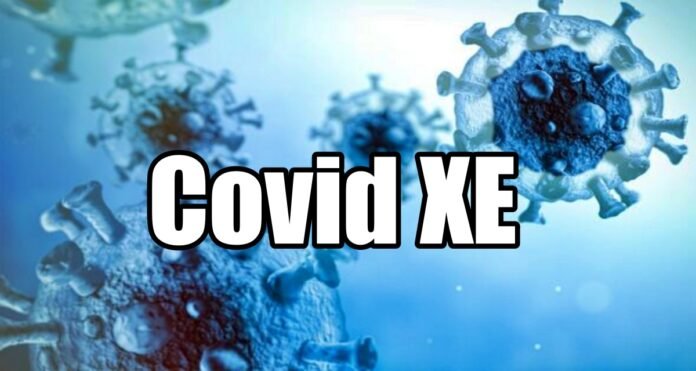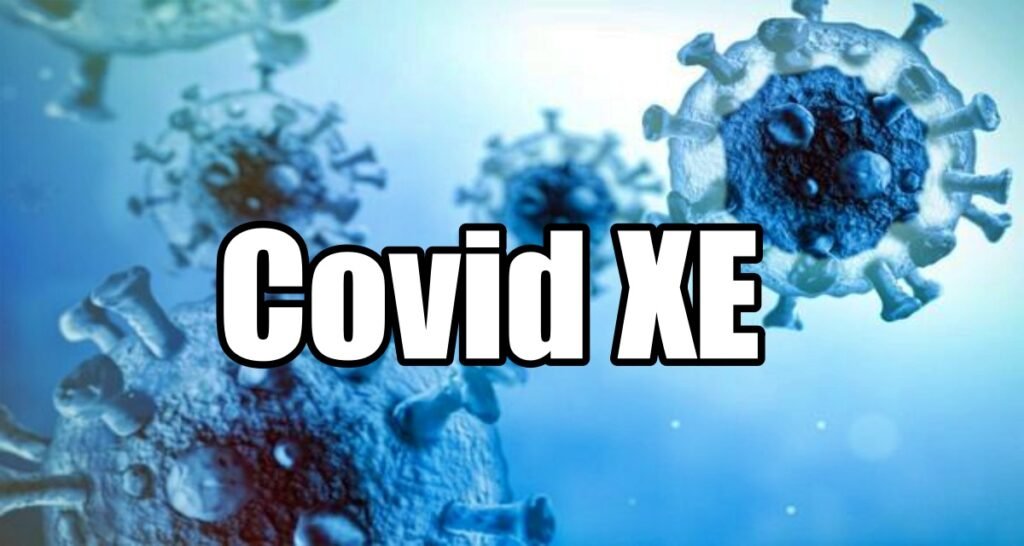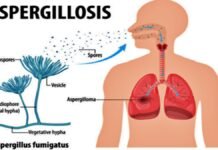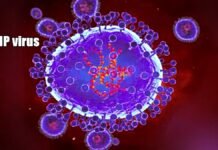
New Delhi: The pace of the corona epidemic was slowing down, meanwhile another new variant of Covid has knocked. The World Health Organization has named this new Covid variant ‘XE’, which is a hybrid version of Omicron’s two subvariants BA.1 and BA.2. This new variant has been found in the UK. According to preliminary studies, the rate of infection of the Corona XE variant is 10% higher than that of the BA.2 variant.
According to the WHO, so far three hybrid or recombinant strains of Covid have been detected, out of which the first is XD, the second is XF and the third is XE. Of these, the first and second variants are derived from a combination of Delta and Omicron, while the third XE is a hybrid strain of the Omicron subvariant. The XE variant was first revealed in the UK on 19 January. So far 600 sequences have been reported and confirmed.
What do virologists have to say about this?
Virologists say that recombinant variants can also be as dangerous as the earlier variants. They contain spike and structural proteins from the same virus (eg XE or XF). Of these, the XD seems to be the most worrying variant. Patients infected with this variant have been found in Germany, Netherlands and Denmark.
Currently 3 Hybrid COVID variants running
Britain’s British Health Security Agency said that there are currently 3 hybrid COVID variants running. These include two different variants XD and XF born out of the combination of Delta and BA.1 while the third one is XE. The xD French delta variant x is a new member of the BA.1 lineage, which contains the spike protein of BA.1 and the genome of delta. It consists of more than 10 sequences.

British Delta BA.1 x BA.2 is derived from XE
At the same time, the XF belongs to the British Delta variant x BA.1 lineage. It contains the spike and structural proteins of BA.1, but only 5th of the genome of Delta. The XE variant also belongs to the British Delta BA.1 x BA.2 lineage. It contains the spike and structural proteins from BA.2, but it also contains only a fifth of the genome of BA.1. There are currently hundreds of sequences in it.




















































